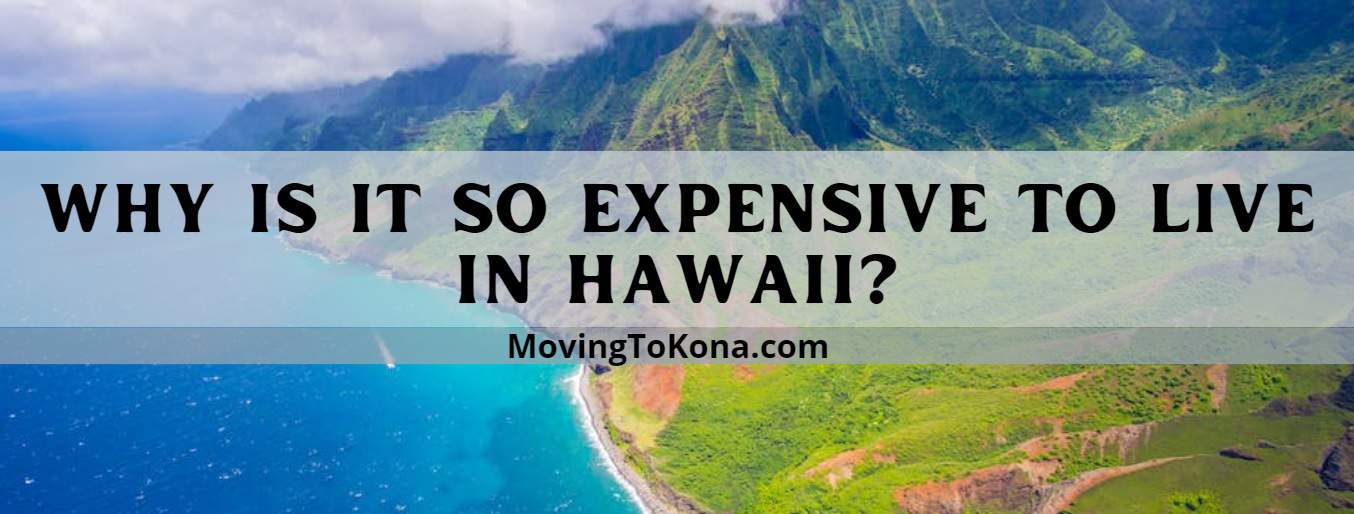Why is it so Expensive to Live in Hawaii?

Why is it so Expensive to Live in Hawaii?
The high cost of living in Hawaii, particularly food and housing, is due to several factors:
- Isolation: Hawaii’s remote location in the Pacific Ocean means that many goods, including food and construction materials, must be imported, increasing transportation costs.
- Limited land: The availability of land suitable for agriculture and housing is limited due to the mountainous terrain and conservation regulations, driving up land and housing prices.
- High demand: The desirability of living in Hawaii, along with its popularity as a tourist destination, creates high demand for housing and goods, which in turn raises prices.
- Cost of energy: Hawaii relies heavily on imported fossil fuels for electricity generation, which contributes to higher energy costs. These higher energy costs affect the prices of goods and services.
- Taxes: Hawaii has a relatively high tax rate, including the General Excise Tax (GET), which is applied to most goods and services. This tax can contribute to increased prices for consumers.
- Labor costs: The cost of labor in Hawaii is generally higher than on the mainland, due in part to the higher cost of living, which necessitates higher wages for workers.
- Infrastructure: The state’s infrastructure, such as roads, ports, and utilities, requires maintenance and improvement, which can contribute to the overall cost of living.
- Tourism: The popularity of Hawaii as a tourist destination can drive up the cost of goods and services, as businesses often cater to visitors who are willing to spend more on their vacations.
These factors combined contribute to the high cost of living in Hawaii, particularly in the areas of food and housing. Efforts to reduce costs, such as investing in renewable energy sources and promoting local agriculture, are ongoing to help alleviate the financial burden on residents.

